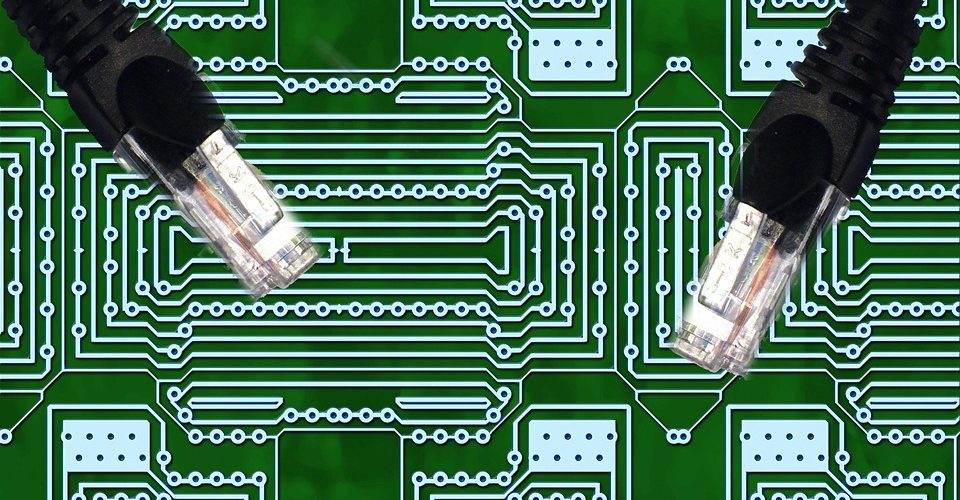The COVID-19 pandemic has forced many businesses and schools to shift to remote work and virtual learning to comply with social distancing guidelines. This transition has ushered in a new era of connectivity and reliance on internet cable infrastructure.
Internet cable, also known as fiber-optic cable, is a type of medium that is becoming increasingly popular for transmitting data at high speeds. This technology allows for faster and more reliable connections, enabling seamless communication and collaboration across different locations. With the rise of remote work and virtual learning, the importance of internet cable cannot be overstated.
One of the key impacts of internet cable on remote work and virtual learning is the ability to support bandwidth-intensive applications. Video conferencing, online collaboration tools, and streaming services all require a significant amount of data to be transferred in real-time. Internet cable can handle these demands more efficiently than traditional copper cables, ensuring a smooth and uninterrupted experience for users.
Moreover, internet cable has the potential to bridge the digital divide in remote areas. By expanding access to high-speed internet connections, individuals living in underserved communities can participate in remote work opportunities and engage in virtual learning programs. This can help boost economic development and educational attainment in areas where traditional infrastructure may be lacking.
In addition, internet cable can enhance the overall productivity and efficiency of remote work and virtual learning environments. Employees and students can rely on a stable and fast internet connection to complete tasks and communicate with their peers. This can lead to better collaboration, faster decision-making, and increased engagement in virtual settings.
However, the impact of internet cable on remote work and virtual learning is not without its challenges. The cost of laying fiber-optic cables and upgrading existing infrastructure can be significant, especially for businesses and schools operating on tight budgets. Furthermore, the reliance on internet cable may exacerbate disparities in access to technology and digital skills, especially for individuals who do not have the means or knowledge to take advantage of high-speed internet connections.
Despite these challenges, the widespread adoption of internet cable in remote work and virtual learning represents a significant step towards a more connected and efficient future. As organizations continue to embrace remote work and virtual learning as long-term strategies, investing in internet cable infrastructure will be essential to ensure a seamless and productive experience for employees and students alike.
In conclusion, the impact of internet cable on remote work and virtual learning is undeniable. From enabling seamless communication and collaboration to bridging the digital divide in underserved communities, internet cable plays a crucial role in shaping the future of work and education. As businesses and schools continue to navigate the challenges and opportunities of remote connectivity, investing in internet cable infrastructure will be key to unlocking the full potential of remote work and virtual learning.








